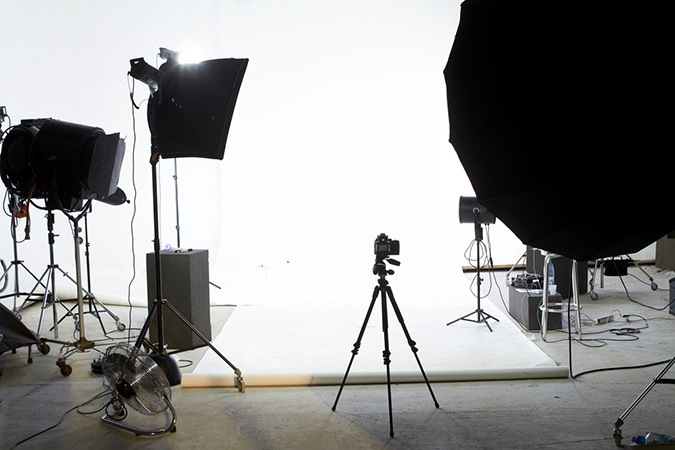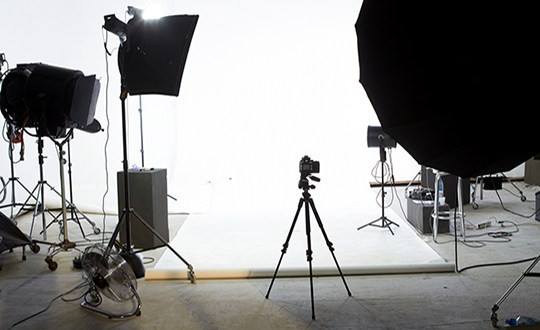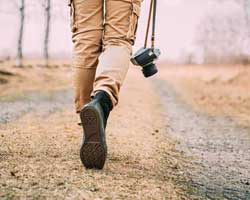As we all know, great lighting technique can make or break a photo. So as aspiring professionals, one of the best things you can do is learn as much as possible about different lighting setups for photography
Before diving into artificial lighting techniques, we recommend you fully master your ability to work with natural light. You should understand all the qualities of light, how to identify them and how to use them to your advantage.
Once you’re comfortable with natural light, it’s time to expand your compositional arsenal to include artificial lighting setups and techniques.
You’re probably already familiar with flash photography- a camera flash is something even the most amateur of hobbyists can associate with taking a picture. But what about equipment that emits light the entire time they’re being used- not just in brief bursts?

That’s what continuous lights are for. These expert photography tools are extremely powerful and provide photographers with great flexibility because of how portable they are. In the past, these lights were so strong that they’d actually get incredibly hot to the touch while being used. Luckily, technology has come a long way and there are now super convenient continuous lighting units on the market today that are cool to the touch no matter how long you’ve been working with them on.
Generally, a continuous light isn’t something you’d likely use during a nature photography shoot, when capturing the natural light is part of the ambiance you’re trying to encapsulate in your image. However, they can be incredibly helpful for say, a wedding held in a dimly lit interior venue where it’s otherwise incredibly hard to capture partygoer’s faces without some supplementary gear.
Beyond that, continuous lights are really popular among portrait photography professionals. Since they’re really portable nowadays, it offers a lot of creative freedom when you’re working in a studio. You can really move the unit around, raise or lower it, readjust it’s angle, then gaze through your viewfinder to see exactly how the lighting you’ve created will look, all before ever clicking the shutter.







